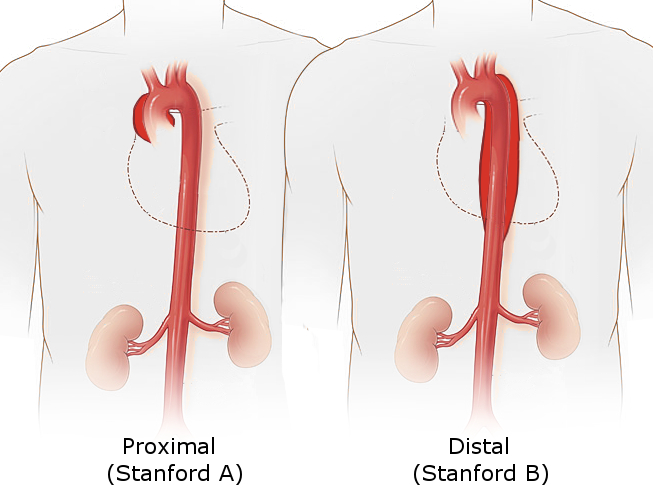Methodology Score: 3/5
Usefulness Score: 3/5
Nazerian P, et al. Circulation. 2018 Jan 16;137(3):250-258.
Editorial – Biomarker-Assisted Diagnosis of Acute Aortic Dissection.
Question: The ADvISED trial was an International Multicenter prospective observational study of a novel diagnostic strategy that integrated the Aortic Dissection Detection Risk Score (ADD-RS) and D-Dimer in an ED population to rule out Acute Aortic Syndrome (AAS).
Findings: The study involved 1850 patients and results showed that ADD-RS</=1/D-Dimer neg could safely rule out AAS with a -LR of 0.02.
Limitations: The major limitations of the study were in its design (observational study, lack of blinding, no comparison group) and unusually high proportion of AAS at 13% which may make generalizability difficult.
Interpretation: This study adds to the literature regarding the use of ADD-RS and d-dimer, but will require external validation before timplemention into clinical use.
Epi Lesson
For diagnostic tests, LR+ increases the post-test probability of a diagnosis and LR- decreases the post-test probability. LR values generally have this impact:
a) large and conclusive (LR+ >10, LR- <0.1),
b) moderate (LR+ 5 to10, LR- 0.1 to 0.2)
c) small but important (LR+ 2 to 5, LR- 0.2 to 0.5),
d) unimportant (LR+ 1 to 2, LR- 0.5 to 1).
In emergency medicine, we are generally most interested in ruling out serious conditions and look for tests with very high sensitivity and very low LR-.


